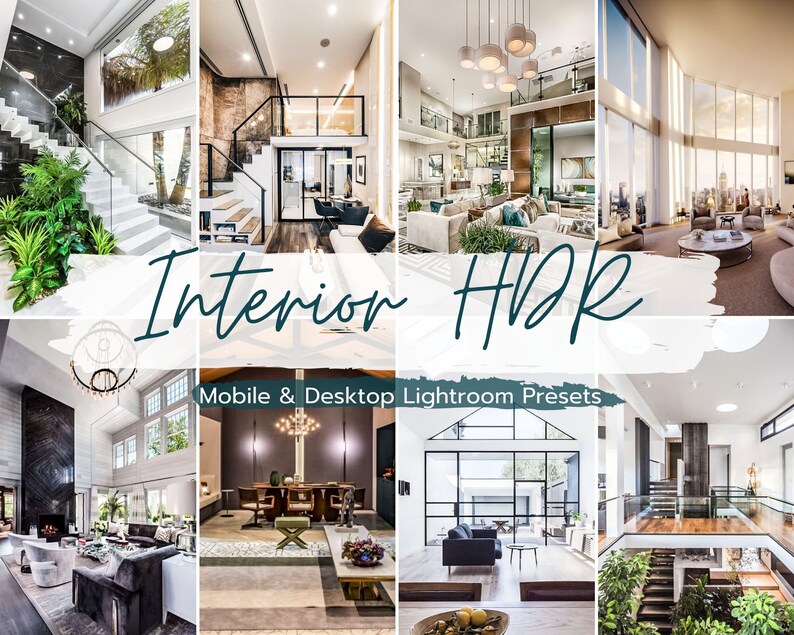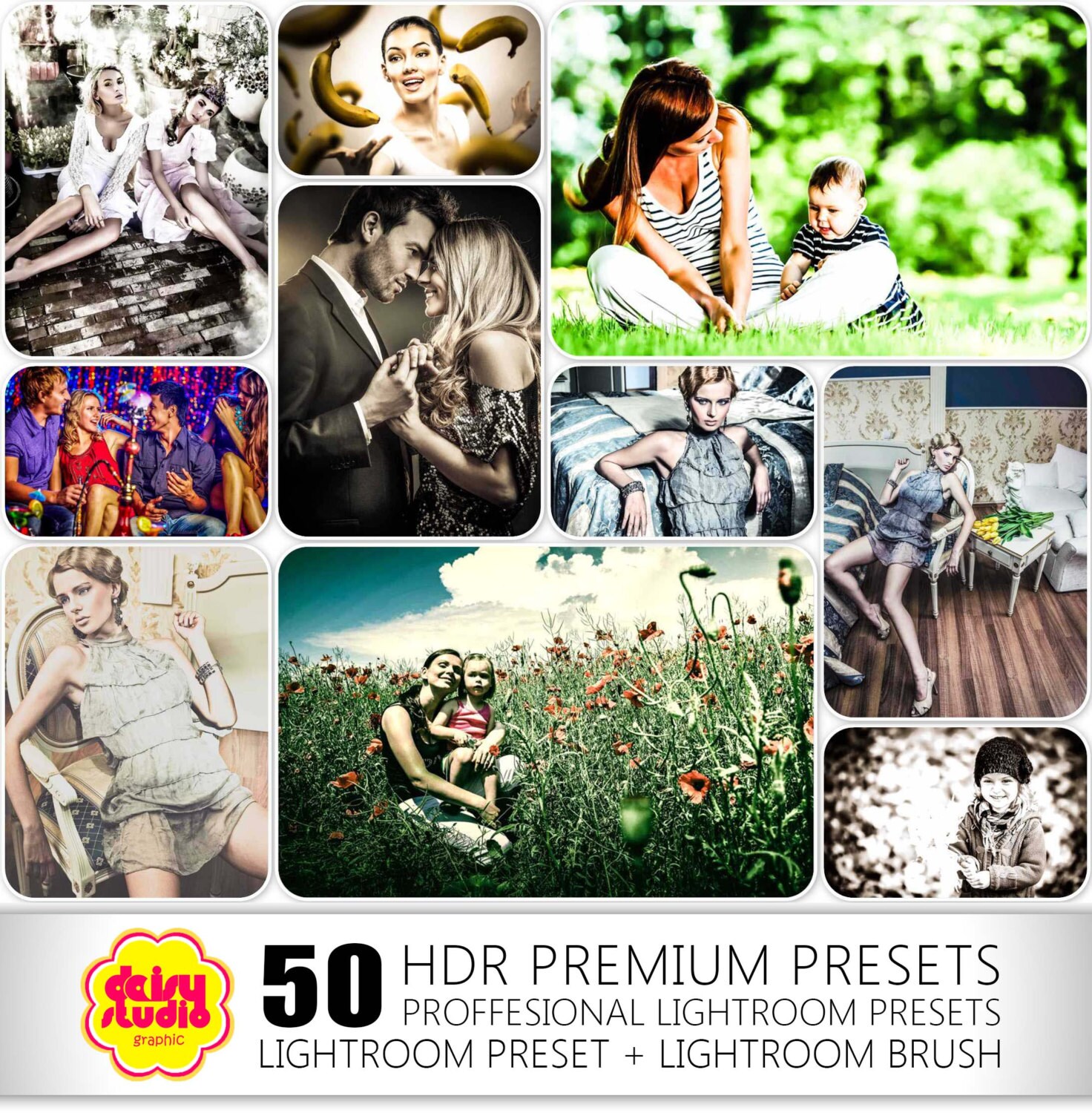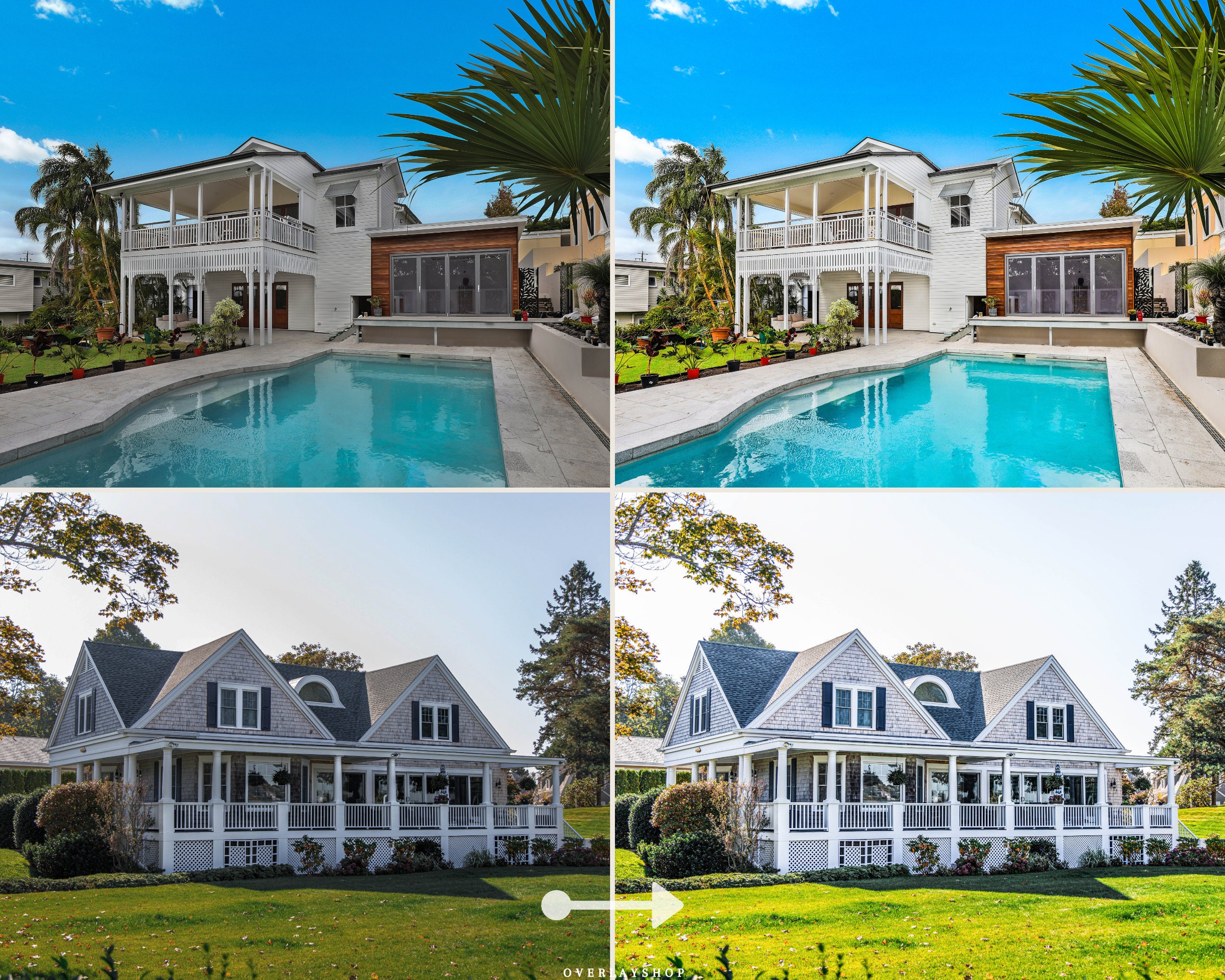
That will get you more familiar with them all and you will quickly determine which ones you like best as well. The best thing you can do though is spend some time clicking on each of these and moving sliders around, just to see what it does to your image.

The ones above are the ones that I find myself using the most, in order to make fine-tuned, specific adjustments to a shot. Obviously, ALL of these sliders play a role in some way or another, but not on every photo.

This is a quick visual aid to let you know that an adjustment has occurred in a particular menu item.Ī few of the key ones that I find myself using a LOT: However, they will change to orange as soon as you move any of the sliders in the adjustment menu. As soon as you click on a second menu item, the previous one will close.Īlso note that they are all white. If you click on View in the top Aurora menu, and then Single View Mode, this will allow only one to be open at a time. Quick tip: I prefer to only have one menu item open at a time, because otherwise if all the menus are open it is too visibly distracting for me. You simply move things left or right to adjust your image. If you click on any of them, it will open a drop-down menu which contains various sliders. It’s how things get done in Aurora, and they are all pretty straightforward. Don’t be intimidated! These are the adjustment sliders and you will soon be using them ALL THE TIME. One of the first things you will notice once you land in Aurora HDR with your newly merged HDR image is the extensive list of items in the right hand panel.
#HDR PROJECTS 3 PRESET PRO#
File > Plug-in Extras > Transfer to Aurora HDR Pro.

File > Export with Preset > Open original images.There are a few ways to get your images from Lightroom to Aurora:

There are a couple of subtle differences, namely that the crop tool does not exist in the standalone version, because Aurora will default to letting you perform that in your host editor. So those are the times that I use it standalone. Other times, I have previously exported the TIFF files of various shots to a folder on my desktop, and I don't need Lightroom. There are times that I have my library connected (which resides on an external hard drive) and that's when I am using Lightroom, and thus the plug-in version of Aurora HDR. Of course you can also use Aurora as a standalone editor, thus negating the need for a host program. Once you have your files selected and ready to process, you will need to get them out of Lightroom (or whichever host program you use, assuming you use one) and into Aurora HDR. So, thanks for sticking it out so far! :-) Build your base HDR I know we are on page 5, but I felt like all that previous stuff had to be covered before we could start actually creating photos - otherwise, someone new to this would be lost. This is where we start getting into the really good stuff people!


 0 kommentar(er)
0 kommentar(er)
